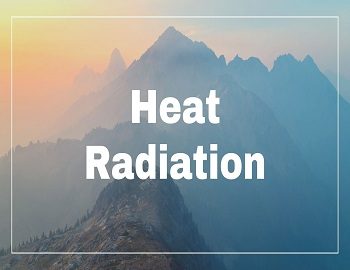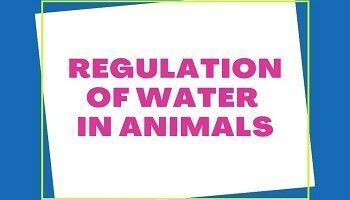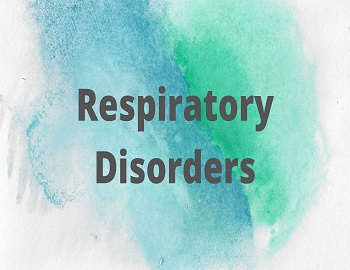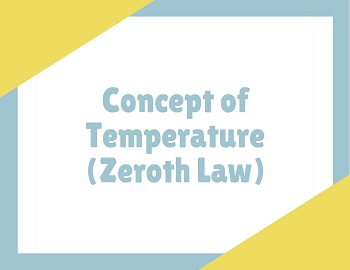Table of Contents
What is Heat Radiation?
If we stand before the fire, we feel hot. The heat comes to our body neither by convection nor by conduction (air is a bad conductor of heat). The heat comes to our body by radiation. It does not require a medium for heat transfer. For conduction and convection, an intervening medium is necessary because molecules of the medium play an important role. For radiation, molecules are not required. Even in a vacuum, heat travels from a hot body to cold body. The heat of the sun (hot body) warms the earth (cold body), and yet between our atmosphere and the sun, there is no medium that conducts heat. There is a vacuum over a large distance between the sun and the earth. The heat from the sun passes through the air without heating it. Heat is only felt stopped by our bodies (or some other object).
Thus, radiation is the process of heat transfer from a hot body to cold body without heating the medium in between. Heat energy travels in straight lines in form of radiations. The heat energy transmitted by the process of radiation is called radiant heat or thermal radiation. Thermal radiations are emitted by all hot objects at all temperatures. The objects can be solids, liquids or gases. Radiation needs neither a conducting medium nor convecting fluids for heat transfer.
Radiation lets out heat rays to the surroundings just as a bulb or a candle lets out light rays. The hot object radiates heat rays to the colder surroundings.
The sun radiates heat rays in all directions. These rays travel in straight lines all the way to all planets, including the earth. The amount of heat absorbed by a body depends on-
- The distance between the body and the source of radiation.
- It colour.
When radiant heat falls on a body, it is partly reflected and partly absorbed. Black bodies are good absorbers of heat. White or polished bodies are good reflectors of heat. In general, dark-coloured bodies absorb more heat than light-coloured bodies.
Example of Heat Radiation:
The thermos is usually a double-walled glass vessel. This is also called vacuum flask because there is vacuum between the two walls. Conduction and convection of heat do not take place in vacuum. Glass walls are silvered on the inside surfaces. Glass is a bad conductor of heat. The silvered surfaces act as good reflectors of heat. This prevents loss of heat due to radiation. It not only checks the flow of heat from inside to outside but also checks the flow of heat from outside to inside.
Distinction between Conduction, Convection and Radiation:
| Conduction | Convection | Radiation |
|---|---|---|
| Heat is transmitted by molecules of the medium. Material medium is necessary. | Heat is transmitted by molecules of the medium. Material medium is necessary. | Heat can pass through vacuum. Material medium is not necessary. |
| Heat passes from molecule to molecule without any transfer of the molecules of the body. | Molecules carrying heat move from one part to other. | Radiation does not require the presence of molecules. It takes place even in the presence of molecules. |
| It is a slow process. | It is a slow process. | It is a very quick process. |
| In conduction, heat travels in any path. | In convection, heat travels in any path. | In radiation, heat travels in straight lines. |
| Solids, liquids and gases are heated by conduction. | Liquids and gases are heated by convection. | Medium is not heated up by radiation. |









Comments (No)